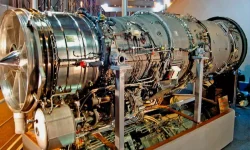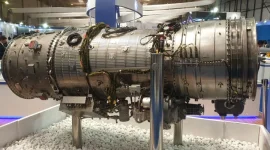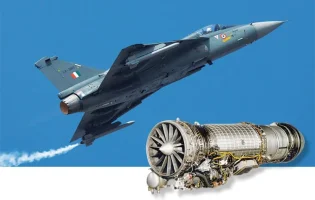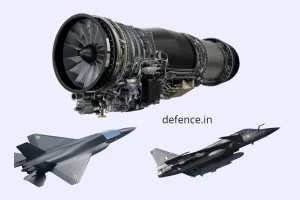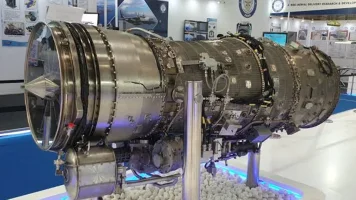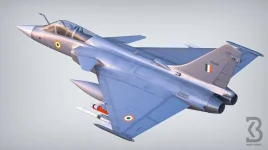- Views: 4K
- Replies: 22

The Gas Turbine Research Establishment (GTRE) is gearing up for crucial inflight trials of the Kaveri Engine Derivative (KDE) in Russia later this year. According to officials speaking at Aero India 2025, these trials will focus on validating recent upgrades and modifications to the engine, paving the way for its use in future indigenous aircraft programs.
The KDE, a derivative of the original Kaveri engine, has undergone significant improvements. Older Kaveri engines were modified and used as testbeds for the KDE program, allowing GTRE to validate many of the engine's parameters, including its target dry thrust of 49kN.
However, the latest KDE units feature upgraded components that require further validation to ensure their performance and reliability. While extensive testing has already been conducted, these upcoming trials in Russia are critical for confirming the engine's operational readiness.
GTRE officials have indicated that the KDE is primarily intended for the 13-tonne Rapid Personal Surveillance Aircraft (RPSA) Unmanned Combat Aerial Vehicle (UCAV) program.
However, they are also keen to integrate the KDE into older Tejas Light Combat Aircraft (LCA) Limited Series Production (LSP) airframes for testing. This will allow GTRE to gather valuable flight data, which will be instrumental in the development of the proposed Kaveri 2.0 engine.
The Kaveri 2.0 is envisioned as a more powerful successor to the KDE, with a target thrust of 90kN. This enhanced thrust would make it suitable for powering advanced variants of the Tejas and potentially other future combat aircraft. Successfully developing the Kaveri 2.0 would be a major step towards self-reliance in aero-engine technology for India.
Currently, the KDE generates 49kN of dry thrust and is expected to achieve 73-75kN with an afterburner. While this is insufficient for the Tejas Mk1A, which requires a more powerful engine like the GE-414, it is well-suited for the RPSA UCAV program.
By conducting these inflight trials in Russia and subsequently on the Tejas LSP airframes, GTRE aims to gather crucial performance data and validate the KDE's capabilities. This will not only support the RPSA UCAV program but also lay the groundwork for the development of the more ambitious Kaveri 2.0 engine, bringing India closer to its goal of achieving self-sufficiency in combat aircraft engine technology.

